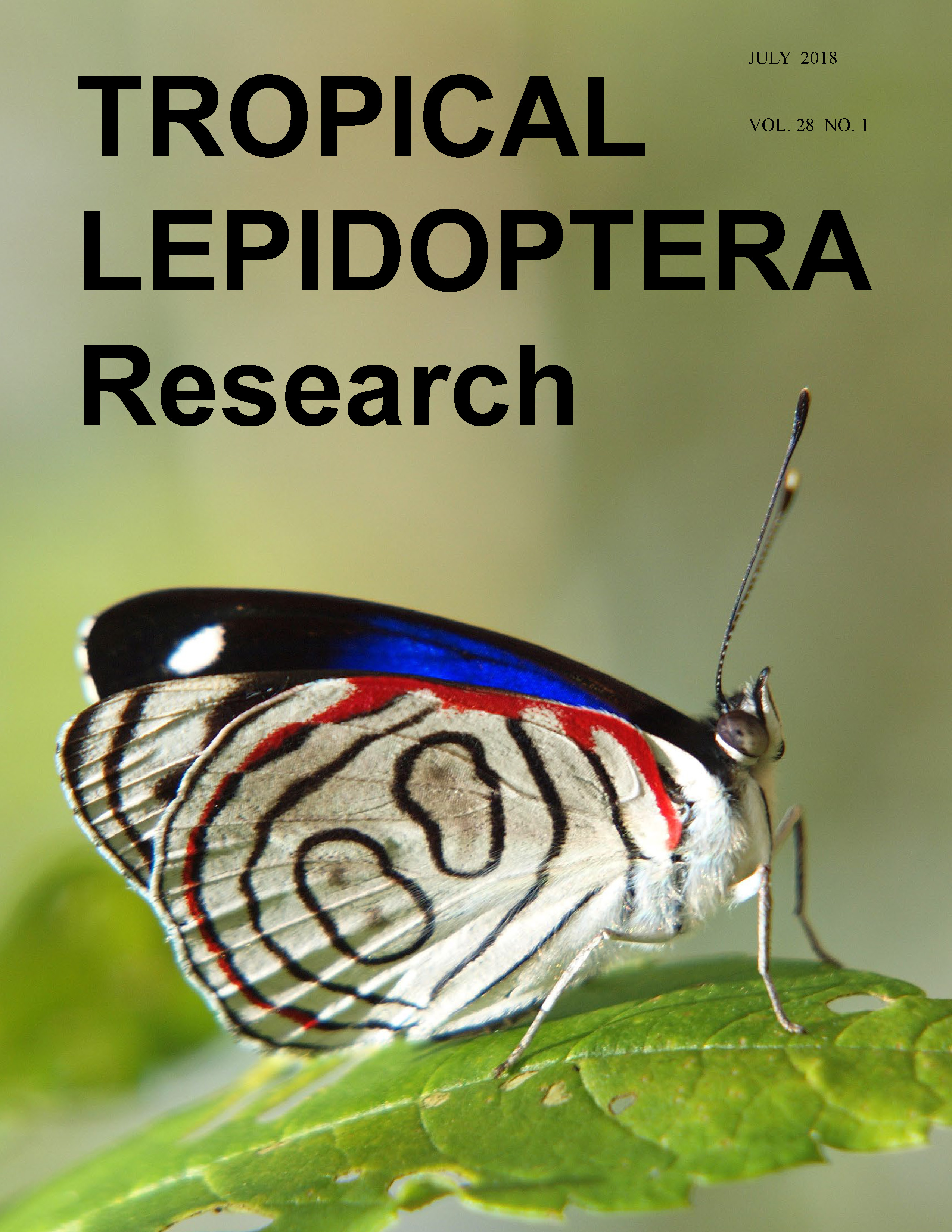Review: entomological aspects of sericulture based on <i>Antheraea assamensis</i> and <i>Samia ricini</i> (Saturniidae) in Assam and Meghalaya
Abstract
We review entomological aspects of the rearing of muga silkworms (Antheraea assamensis) and eri silkworms (Samia ricini) from egg to adult in northeast India with the aim of harvesting cocoons for silk. Rearing of the latter species, ericulture, is also practiced to provide pupae for human consumption among tribal peoples in rural villages. Muga silkworms are reared outdoors and are subject to a large number of biotic and abiotic challenges such as parasitoids and predators, resulting in major losses of the crop. Eri silkworms are reared indoors and suffer far fewer losses. Based on our recent observations and early literature, many of the practices we observed in these two forms of sericulture have not changed in more than two hundred years. The notion of peace silk (silk production without killing the pupae) is discredited, but we conclude that the production of eri silk is environmentally friendly.

